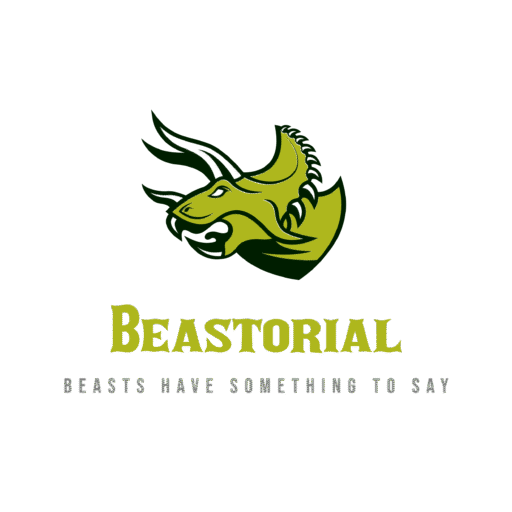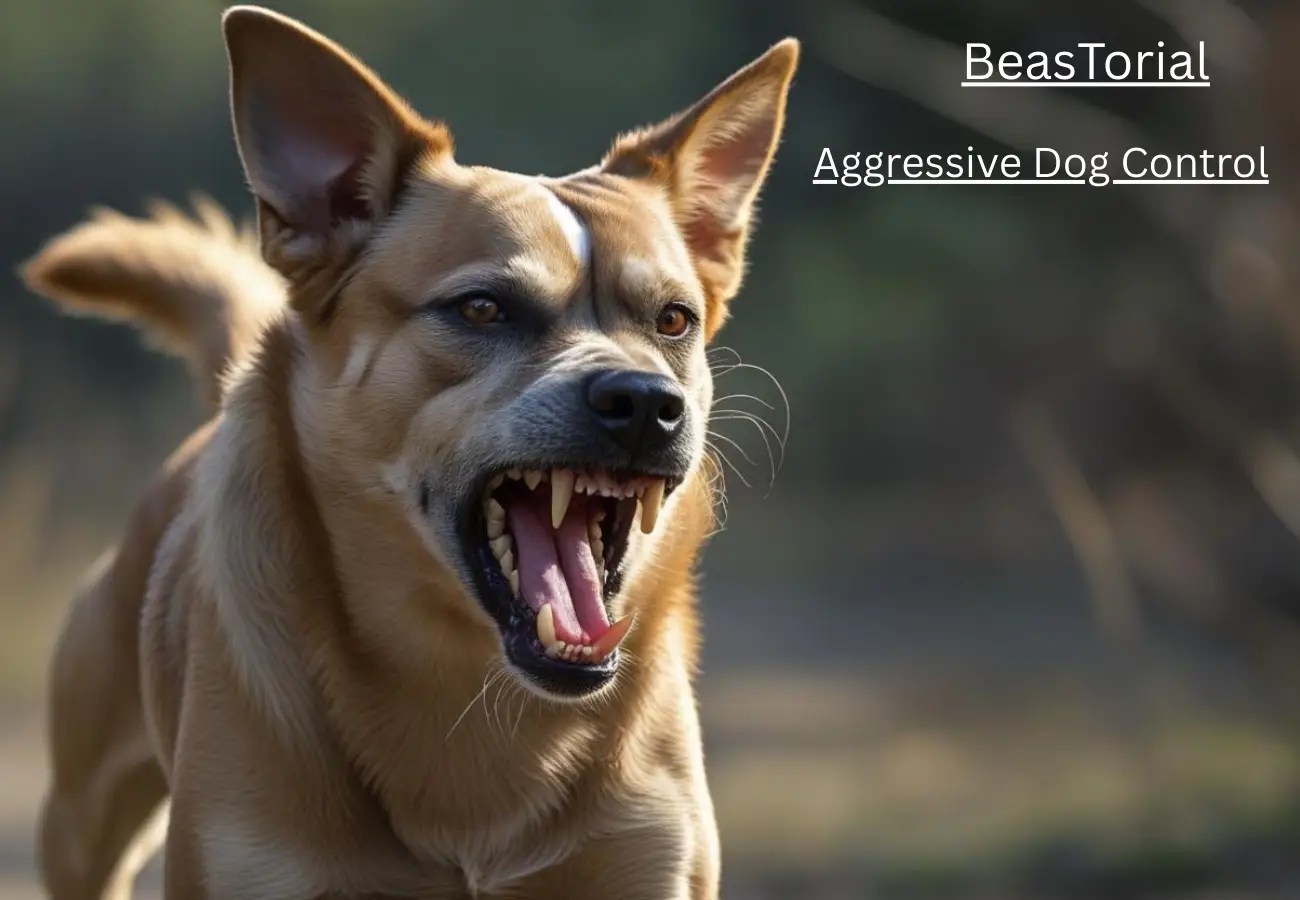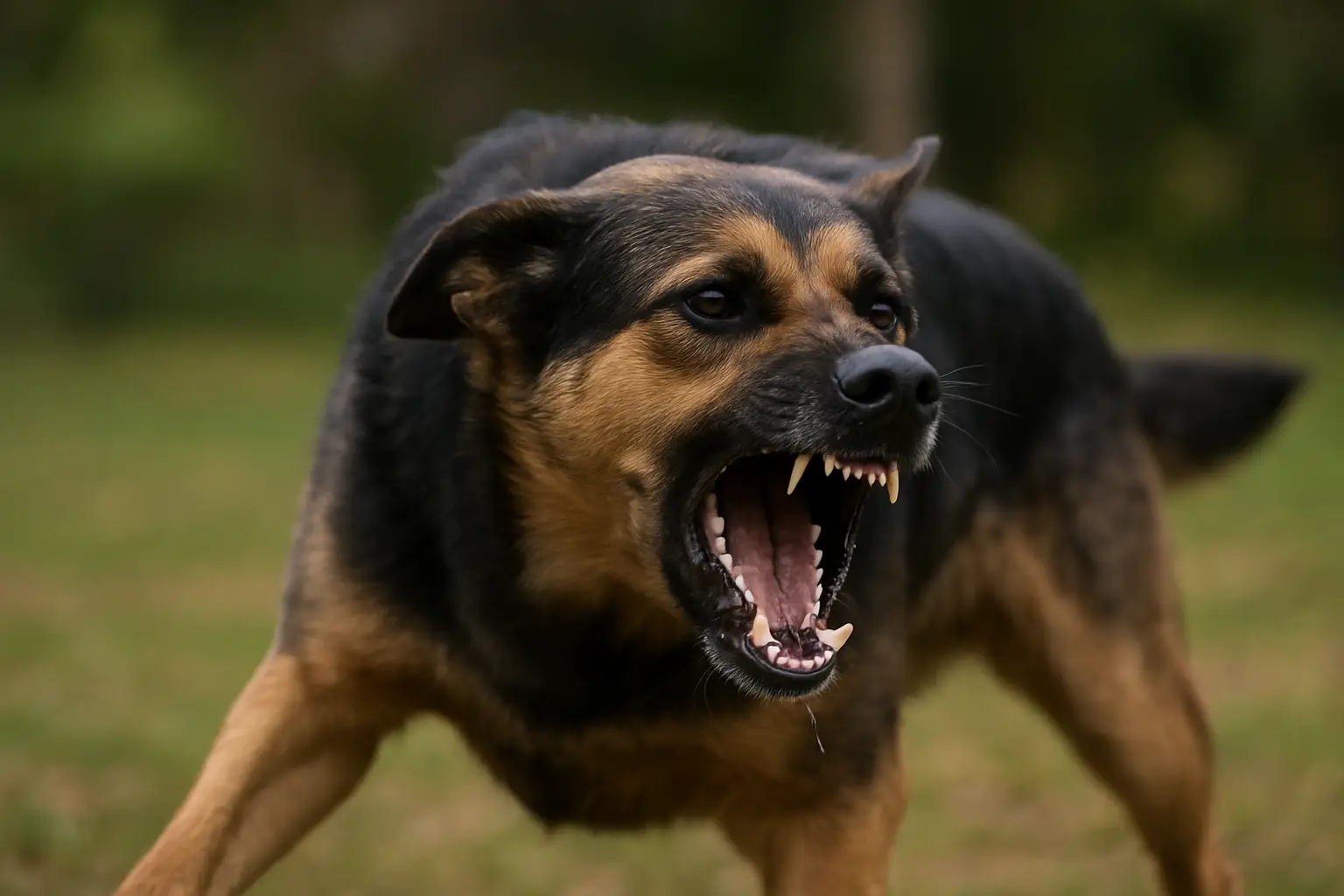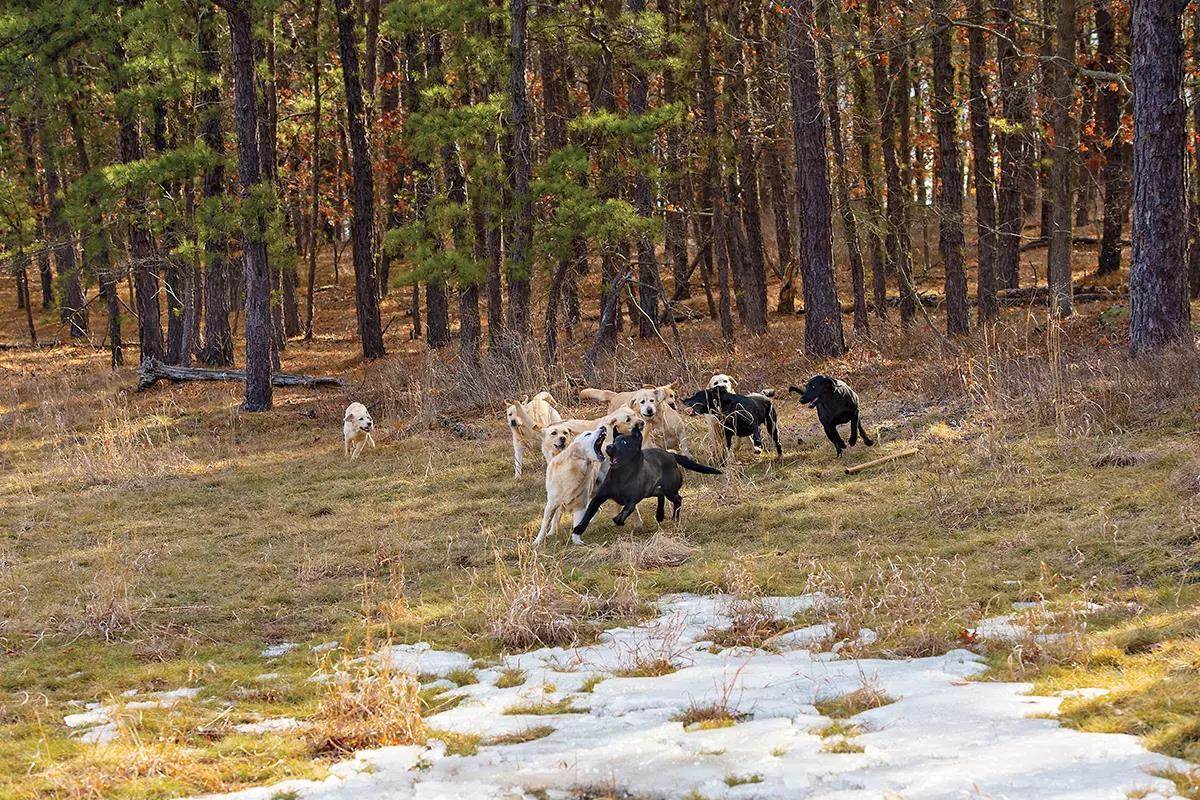Contents
- 1 Proven Strategies for Controlling Aggressive Dogs: Effective Aggressive Dog Control
- 1.1 Understanding the Different Types of Dog Aggression for Better Aggressive Dog Control
- 1.2 Assessing Your Dog’s Aggressive Triggers
- 1.3 Immediate Safety Protocols for Aggressive Dog Owners
- 1.3.1 Setting Up Management Systems in Your Home
- 1.3.2 Selecting Appropriate Muzzles and Safety Equipment
- 1.3.3 Creating Emergency Response Plans for Incidents
- 1.3.4 Effective Aggressive Dog Control Techniques
- 1.3.5 Mastering the Emergency U-Turn Walk Method
- 1.3.6 Implementing Proper Leash Handling for Control
- 1.3.7 Using Barriers and Management Tools Effectively
- 1.4 Step-by-Step Behavior Modification Training
- 1.5 Building Trust and Confidence in Your Dog
- 1.6 Working with Professional Dog Behavior Specialists
- 1.7 Daily Management Strategies for Long-Term Success
- 1.8 Real-Life Transformation Stories
- 1.9 Conclusion: Creating a Safer, Happier Future with Your Dog
- 1.10 FAQ
- 1.10.1 What are the most common types of dog aggression?
- 1.10.2 How can I identify the triggers that cause my dog to become aggressive?
- 1.10.3 What is counter-conditioning, and how can it help my aggressive dog?
- 1.10.4 How can I work with a professional dog behavior specialist to help my aggressive dog?
- 1.10.5 What daily management strategies can I implement to help manage my dog’s aggression?
- 1.10.6 Are there any specific training techniques that can help control my aggressive dog?
- 1.10.7 How can I build trust and confidence with my aggressive dog?
- 1.10.8 What should I expect during a professional behavior consultation for my dog?
- 1.10.9 How can I measure progress and adjust my training plan for my aggressive dog?
Proven Strategies for Controlling Aggressive Dogs: Effective Aggressive Dog Control
Are you struggling to manage your aggressive pet’s behavior? You’re not alone. Many dog owners face challenges when dealing with aggression in their pets.
Fortunately, there are effective strategies to help you modify your dog’s behavior and improve your relationship with your pet. By understanding the root causes of aggression and implementing the right techniques, you can create a safer and more harmonious environment for both you and your dog.
Implementing techniques for aggressive dog control can significantly alter your dog’s behavior and enhance safety in your home.
Key Takeaways
- Understand the causes of aggression in dogs
- Learn effective techniques for modifying behavior
- Improve your relationship with your pet
- Create a safer environment for you and your dog
- Discover proven strategies for controlling aggression
Understanding the Different Types of Dog Aggression for Better Aggressive Dog Control
Dog aggression comes in many forms, each with its own reasons. Knowing these differences is key for canine aggression training. By figuring out what kind of aggression your dog shows, you can fix the problem at its source.
Identifying Fear-Based vs. Dominance Aggression
Fear-based aggression happens when a dog feels scared or threatened. This leads to defensive actions. On the other hand, dominance aggression is about a dog wanting to control or dominate others. A dog behavior specialist can tell you which one your dog is showing.
Recognizing Resource Guarding Behaviors
Resource guarding is when a dog protects things like food, toys, or space. They might growl, snap, or bite if someone tries to take these things from them.
Distinguishing Between Redirected and Territorial Aggression
Redirected aggression happens when a dog can’t attack the real source of its anger. So, it takes it out on someone or something nearby. Territorial aggression is about defending a certain area from intruders.
How Past Trauma Affects Aggressive Tendencies
By focusing on effective aggressive dog control methods, you can address these behaviors and create a more peaceful environment.
Past trauma can really change a dog’s aggressive behavior. Dogs that have been through trauma might become very fearful or defensive. Knowing your dog’s past and getting help from a pro can help fix these issues.
Assessing Your Dog’s Aggressive Triggers
It’s key to know what makes your dog aggressive to change their behavior. You must become a detective in your home. Watch and write down when your dog gets aggressive.
Keeping a Behavior Journal to Track Patterns
Keeping a journal helps spot patterns and triggers. Write down the date, time, where, and why your dog gets aggressive. This info helps you find the right effective dog training techniques for your dog.
Reading Canine Body Language Before Outbursts
Before your dog gets aggressive, they might show signs. Look for growling, showing teeth, or stiffening. Catching these signs early can stop things from getting worse.
Identifying Specific Environmental Triggers
Things around your dog can also trigger aggression. This includes other dogs, strangers, and loud noises. Knowing these triggers helps you manage your dog’s environment.
Creating a Trigger Hierarchy for Training Purposes
After finding your dog’s triggers, list them from least to most disturbing. This order helps in behavior consultation for dogs. You can start training with the least disturbing trigger first.
- List your dog’s triggers
- Rank them in order of severity
- Begin training with the least provocative trigger
By following these steps, you’ll understand and manage your dog’s aggression. This makes your home safer and more peaceful.
Immediate Safety Protocols for Aggressive Dog Owners
Keeping everyone safe around an aggressive dog is a top priority. It’s important to make your home a safe space for your dog and everyone else living there.
Setting Up Management Systems in Your Home
To handle your dog’s aggression, you need a home management plan. Find out where your dog gets aggressive and reduce those triggers. For example, feed them in a quiet room to avoid aggression during meals.
Selecting Appropriate Muzzles and Safety Equipment
Choosing the right safety gear, like muzzles, is key. Make sure the muzzle fits well and doesn’t upset your dog. Proper fitting is key to the effective use of a muzzle.
Creating Emergency Response Plans for Incidents
Even with the best plans, accidents can happen. It’s crucial to have an emergency plan ready. This plan should teach you how to safely separate your dog, give first aid if needed, and have vet contact info handy.
Legal Considerations and Liability Protection
|
Safety Measure |
Description |
Benefit |
|
Muzzle Training |
Training your dog to wear a muzzle comfortably |
Prevents biting incidents |
|
Safe Zones |
Creating areas where your dog can retreat when feeling overwhelmed |
Reduces stress and aggression triggers |
|
Emergency Plan |
Having a plan in place for when incidents occur |
Ensures quick and effective response |
Knowing your legal duties as a dog owner is important. If your dog has shown aggression, you need to understand your liability. Talking to a lawyer can help protect you and your family.
Effective Aggressive Dog Control Techniques
Effective control techniques are key to managing aggressive dog behavior. They help create a more peaceful home. By learning these techniques, you can lower the risk of incidents and improve your dog’s behavior.
Mastering the Emergency U-Turn Walk Method
The Emergency U-Turn Walk is a vital method for handling tense situations. It involves quickly turning around and walking away. This removes your dog from the aggressive source and stops things from getting worse. It takes practice, but it’s crucial for keeping control.
Implementing Proper Leash Handling for Control
Proper leash handling is crucial for controlling an aggressive dog. Use a loose leash to reduce tension. Avoid yanking or jerking the leash, as it can make aggression worse.
Using Barriers and Management Tools Effectively
Barriers and management tools are key for preventing unwanted interactions and stress. Baby gates, for example, can block access to areas that might trigger aggression.
Teaching and Using Reliable Interruption Cues
Interruption cues are great for redirecting your dog’s attention. Teach a reliable “look” or “watch me” command. This helps you intervene early and prevent things from getting worse.
|
Technique |
Description |
Benefits |
|
Emergency U-Turn Walk |
Swiftly turning around and walking away to diffuse tension |
Prevents escalation, reduces stress |
|
Proper Leash Handling |
Keeping the leash loose, avoiding yanking or jerking |
Reduces tension, prevents exacerbating aggression |
|
Barriers and Management Tools |
Using baby gates or other barriers to block access to triggers |
Prevents unwanted interactions, reduces stress |
Step-by-Step Behavior Modification Training
To control your dog’s aggressive behavior, a step-by-step training is key. This method helps understand what triggers your dog and how to change their reaction.
Starting Counter-Conditioning with Low-Threshold Triggers
Counter-conditioning is a strong method. It makes your dog associate a trigger with something good. Start with triggers that don’t upset them much and use treats or praise to make it positive. For example, if your dog gets upset by strangers, begin by letting them see people from far away. Then, reward them with treats when they stay calm.
Implementing Systematic Desensitization Protocols
Systematic desensitization means slowly getting your dog used to the trigger that makes them aggressive. Start when they’re comfortable. Work with a professional dog trainer to make a plan that fits your dog’s pace. This way, they stay calm during the training.
Building Alternative Behaviors Through Positive Reinforcement
Positive reinforcement helps your dog learn new behaviors. Reward them for calm or good behaviors in situations that used to make them aggressive. For instance, teach them to sit quietly when visitors come instead of barking or growling.
Measuring Progress and Adjusting Your Training Plan
Check your dog’s progress often. See how they react to triggers and if the new behaviors work. Change your training plan if needed. If they’re doing well, you can make the training harder. But if they’re not improving, go back to earlier steps to help them learn again.
By following these steps and getting help from a professional, you can create a strong behavior therapy for dogs. This will lead to lasting changes.
Building Trust and Confidence in Your Dog
Building trust and confidence in your dog takes patience and the right techniques. It’s key to have a strong bond with your pet for effective training and behavior management.
Establishing Yourself as a Consistent, Fair Leader
To build trust, be a consistent and fair leader. Set clear boundaries and be consistent in how you interact with your dog. A dog behavior specialist can offer great advice on this.
Being predictable and fair makes your dog feel secure. This is vital for building their confidence.
Creating Positive Associations Through Controlled Exposure
Exposing your dog to triggers in a controlled way helps create positive associations. This is a key part of effective dog training. Gradually introducing your dog to these triggers can make them more confident.
Confidence-Building Games and Exercises
Playing confidence-building games and exercises can greatly boost your dog’s confidence. Activities like obstacle courses and scent work are great for mental stimulation. They help build trust between you and your dog.
The Role of Predictable Routines in Reducing Anxiety
Predictable routines are key in reducing anxiety in dogs. A daily routine with regular times for feeding, exercise, and play creates stability and security. This makes your dog feel more secure and confident.
“A consistent routine can greatly reduce a dog’s stress levels, making them feel more secure and confident.” – Dog Behavior Expert
By using these strategies in your daily life with your dog, you can build trust and confidence. This leads to a stronger, more positive relationship.
Working with Professional Dog Behavior Specialists
When your dog shows aggression, getting help from a pro is key. These experts can figure out why your dog is aggressive and create a plan to fix it. They know how to help your dog change its ways.
Finding and Vetting Qualified Aggression Experts
Look for certified dog trainers or behavior consultants. Check for certifications from groups like the Certification Council for Professional Dog Trainers (CCPDT) or the International Association of Animal Behavior Consultants (IAABC). Your vet or other dog owners can also give good recommendations.
What to Expect During a Professional Behavior Consultation
A behavior specialist will watch how your dog acts and talk about its past. They’ll figure out how serious the aggression is. Then, they’ll make a plan just for your dog to change its behavior.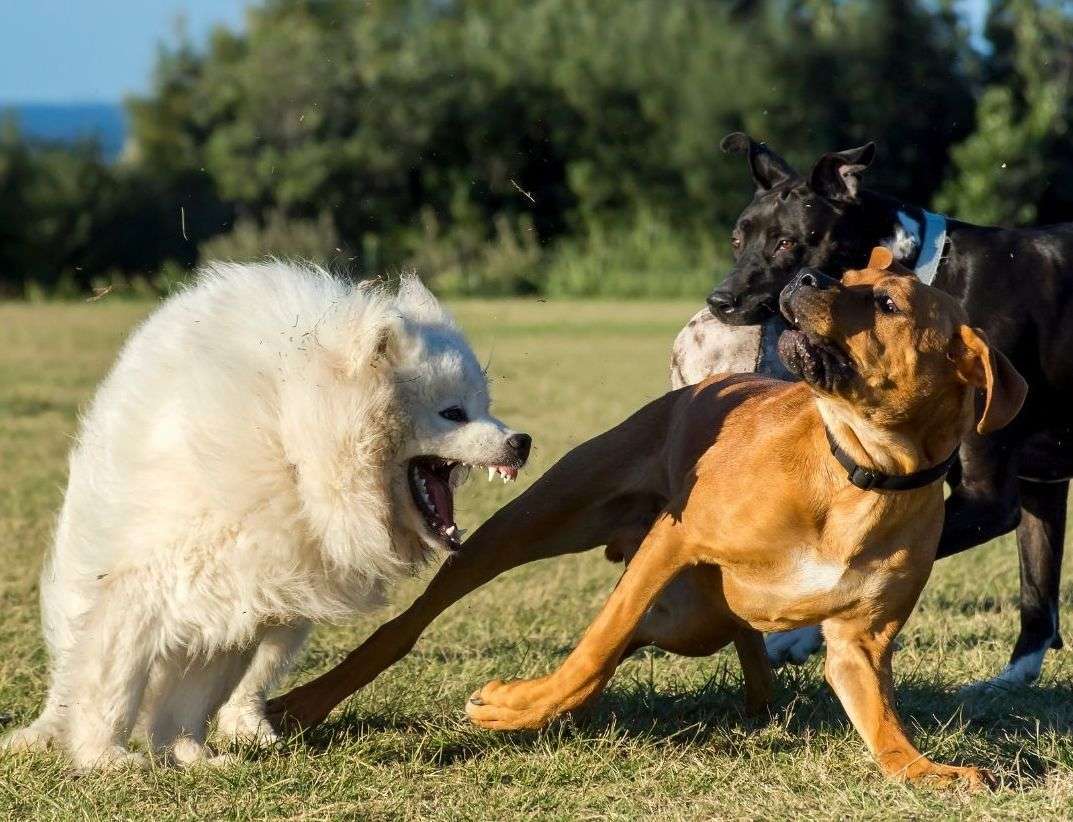
Collaborating with Veterinarians on Medical Interventions
Medical problems can make dogs aggressive. Your behavior specialist might work with your vet to find and fix any health issues. They’ll make a plan that includes both medical care and training.
Questions to Ask Before Hiring a Trainer
- What experience do you have working with aggressive dogs?
- What certifications do you hold, and are they relevant to dog behavior?
- Can you provide references or testimonials from previous clients?
- What is your approach to addressing aggression, and how will you tailor it to my dog’s needs?
- How will you communicate with me throughout the training process?
Daily Management Strategies for Long-Term Success
Controlling dog aggression requires daily effort. By following structured routines, you can lessen your dog’s aggressive behavior.
Creating a Structured Exercise and Enrichment Plan
A well-exercised dog is less aggressive. Create a daily plan with walks, play, and mental games. This includes obedience training and interactive toys.
Implementing Stress-Reduction Techniques in Your Home
Lowering home stress helps reduce aggression. Use aromatherapy, calming music, and quiet areas to help.
Nutritional Considerations for Behavior Management
Your dog’s diet affects their behavior. Give them a balanced diet that fits their needs. Some dogs might need special food, so check with a vet.
Maintaining Consistency Across All Family Members
Everyone must agree on managing your dog’s aggression. Make sure all family members follow the same canine aggression training and routines. This keeps behaviors positive and clear.
Real-Life Transformation Stories
Real-life stories of aggressive dog rehabilitation offer hope and practical insights for dog owners facing similar challenges. These transformations are not just about changing behavior; they’re about improving the lives of both dogs and their owners.
Case Study: From Dog Park Menace to Social Success
A dog known for its aggressive behavior at the dog park was transformed. Through a systematic desensitization and counter-conditioning program, it learned to interact peacefully with other dogs. The key was gradual exposure to triggers while rewarding calm behavior.
Owner Testimonials and Their Breakthrough Moments
Many dog owners have shared their breakthrough moments when they saw significant changes in their dog’s behavior. One owner recalled, “The first time my dog didn’t react aggressively to another dog on our walk was a moment of pure joy.”
“The transformation was nothing short of miraculous. My dog went from being unapproachable to being a loving companion.”
— Dog Owner
Lessons Learned from Challenging Rehabilitation Cases
Rehabilitating aggressive dogs teaches valuable lessons about patience, consistency, and understanding canine behavior. Each case is unique, and what works for one dog may not work for another.
Realistic Expectations for Different Types of Aggression
Understanding the type of aggression your dog exhibits is crucial for setting realistic expectations. For instance, fear-based aggression may require a different approach than territorial aggression.
|
Type of Aggression |
Rehabilitation Approach |
Expected Outcome |
|
Fear-Based |
Gradual Exposure, Counter-Conditioning |
Reduced Fear Response |
|
Territorial |
Boundary Training, Desensitization |
Decreased Territorial Behavior |
By understanding these factors and applying the right techniques, you can help your dog overcome aggression and lead a happier, more balanced life.
Conclusion: Creating a Safer, Happier Future with Your Dog
Managing your dog’s aggression needs patience, understanding, and the right strategies. By knowing the different types of dog aggression and what triggers your dog, you can start a safer, happier future.
Behavior therapy for dogs is key in this journey. It helps you tackle underlying issues and build positive behaviors. A professional dog trainer can offer the guidance and support you need.
Using techniques like counter-conditioning and desensitization can make your dog more confident and calm. Stay committed, and you’ll be on your way to a better relationship with your dog.
FAQ
What are the most common types of dog aggression?
Dogs can show aggression for many reasons. These include fear, dominance, guarding resources, redirected anger, and defending their territory. Knowing why your dog is aggressive is key to training them.
How can I identify the triggers that cause my dog to become aggressive?
To find out what makes your dog aggressive, keep a journal of their behavior. Learn to read their body language and notice what’s around them. Making a list of triggers can help you train them better.
What is counter-conditioning, and how can it help my aggressive dog?
Counter-conditioning is a training method. It makes your dog associate a trigger with something good, like treats. This can change how they react to the trigger.
How can I work with a professional dog behavior specialist to help my aggressive dog?
To work with a dog behavior expert, first find and check their qualifications. In a consultation, talk about your dog’s past, behavior, and what you want to achieve. Working with your vet on medical help can also be helpful.
What daily management strategies can I implement to help manage my dog’s aggression?
To manage your dog’s aggression, create a routine for exercise and fun activities. Use stress-reducing methods and think about what they eat. It’s also important for everyone in the family to be consistent.
Are there any specific training techniques that can help control my aggressive dog?
Yes, there are ways to train your aggressive dog. Try the emergency U-turn walk, handle leashes correctly, and use barriers. Teaching your dog to interrupt can also help.
How can I build trust and confidence with my aggressive dog?
To build trust, be a consistent and fair leader. Make positive associations and do activities that boost confidence. Having a routine can also reduce anxiety.
What should I expect during a professional behavior consultation for my dog?
In a behavior consultation, you’ll talk about your dog’s past, behavior, and goals. The expert will help find why your dog is aggressive and create a plan to help them.
How can I measure progress and adjust my training plan for my aggressive dog?
To see if your training is working, watch for changes in your dog’s behavior. If needed, change your training plan. This might mean adjusting how you use counter-conditioning or teaching new behaviors.
